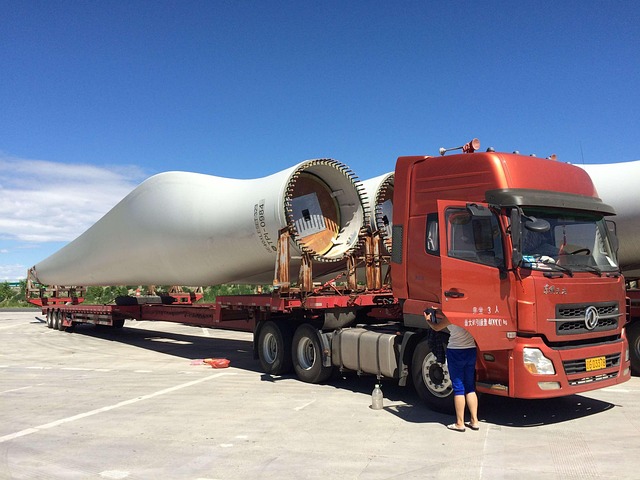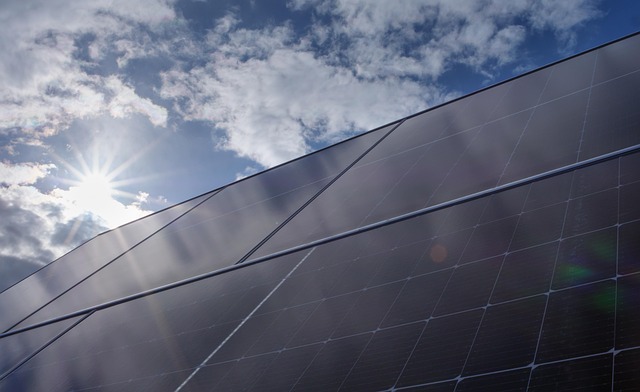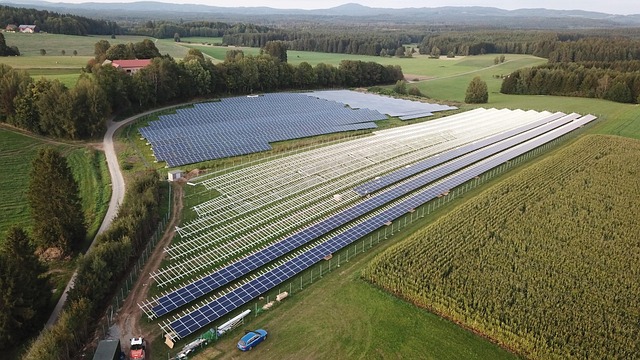Beyond Solar Panels: Innovative Uses of Solar Energy
As the world increasingly turns to renewable energy sources, solar energy remains at the forefront of sustainable solutions. Although solar panels are the most common and recognizable application of this resource, there exists a vast array of innovative uses for solar energy that extend far beyond traditional photovoltaic systems. This article explores these creative applications, highlighting their potential to transform our daily lives, industries, and the environment.
The Growing Importance of Solar Energy
As concerns about climate change and energy security mount, solar energy provides a clean, inexhaustible resource that can replace conventional fossil fuels. The technology for harnessing solar power has advanced significantly in recent years, leading to a surge in innovative applications across various sectors. By tapping into solar energy’s versatility, we can address energy needs in new ways, enhancing sustainability and efficiency.
Solar Water Heating Systems
A prominent application of solar energy is in water heating systems. These systems employ solar thermal collectors to capture sunlight and convert it into heat, which is then used to warm water for residential and commercial purposes. Solar water heating is particularly effective in sunny regions where water heating demands are high. This technology not only reduces reliance on fossil fuels but can also cut energy bills significantly.
Solar water heating systems are versatile and can be used for:
- Residential water heating
- Swimming pool heating
- Industrial processes requiring hot water
Solar-Powered Desalination
With water scarcity becoming an alarming global issue, solar-powered desalination presents a formidable solution. This technology uses solar energy to convert seawater into fresh water, harnessing the sun’s power for an increasingly essential resource. The process typically involves solar stills or reverse osmosis systems powered by solar electricity.
Solar desalination systems have significant potential, especially in arid regions and island nations, allowing communities to access potable water sustainably. By using renewable energy for desalination, we can preserve fossil fuel resources and reduce carbon emissions associated with traditional methods.
Solar-Powered Transportation
The transportation sector is one of the largest consumers of fossil fuels, contributing significantly to greenhouse gas emissions. Innovative uses of solar energy in transportation include solar cars, trains, and even boats. These methods can lead to cleaner, more sustainable modes of transport.
Solar vehicles are equipped with photovoltaic panels that convert sunlight into electricity, directly powering the vehicle or charging batteries for later use. Notable examples include:
- Solar-powered cars like the Lightyear 0, which boasts the ability to drive purely on solar energy under ideal conditions.
- Solar trains, such as the Solar Train in Australia, which runs on solar energy to reduce its carbon footprint.
- Solar boats, utilized in various parts of the world, navigate waterways using solar energy.
The adoption of solar-powered transportation not only minimizes reliance on fossil fuels but also enhances energy independence, especially in regions with ample sunlight.
Building-Integrated Photovoltaics (BIPV)
Building-Integrated Photovoltaics (BIPV) represents a cutting-edge approach where solar cells are integrated into building materials such as windows, roofs, and facades. This approach turns buildings into energy-generating structures without the need for separate solar panel installations. BIPV offers numerous advantages, including aesthetic appeal and enhanced energy efficiency.
Examples of BIPV applications can be seen in:
- Solar shingles that replace traditional roofing materials, seamlessly blending solar technology with home architecture.
- Transparent solar windows that allow natural light to enter buildings while generating electricity.
Solar Energy for Agriculture
Agriculture is another sector where solar energy is making significant inroads. From powering irrigation systems to providing energy for greenhouses, solar technologies enable farmers to increase efficiency while reducing energy costs.
Key applications in agriculture include:
- Solar irrigation systems that utilize solar pumps for efficient water distribution, ensuring crops receive adequate hydration regardless of traditional power sources.
- Solar greenhouses equipped with light-transmitting solar panels that maximize sunlight exposure while generating energy for heating, cooling, or lighting.
- Agrovoltaics, mounting solar panels above crops to create a dual-use space that generates energy while allowing agriculture to thrive underneath.
Solar-Powered Charging Stations
The rise of electric vehicles (EVs) has accelerated the need for charging infrastructure. Solar-powered charging stations harness sunlight to provide clean energy for charging EVs, reducing the carbon footprint associated with electric mobility. These stations can be deployed in urban and rural locations, offering convenience and sustainability.
Some benefits of solar-powered charging stations include:
- Reduced operational costs as they draw energy directly from the sun.
- Integration into existing infrastructure, such as parking lots and public spaces.
- Promotion of renewable energy use among electric vehicle owners.
Solar-Powered Cooling Systems
In regions with high temperatures, cooling systems typically rely on significant energy consumption. Solar-powered cooling technology aims to decrease this reliance by using solar energy to power air conditioning units and refrigeration systems. This technology employs various methods, including solar absorption chillers and thermoelectric cooling systems.
The integration of solar energy into cooling systems benefits users by lowering energy costs and providing reliable cooling without increasing the demand on local electricity grids.
Solar Energy and the Internet of Things (IoT)
The Internet of Things (IoT) is transforming how we interact with energy systems. The integration of solar energy with IoT technologies enhances efficiency and control. Smart solar sensors can optimize energy production by monitoring environmental conditions, while connected devices allow for real-time monitoring and management of energy usage.
This synergy facilitates the development of smart grids, where solar energy contributes to a decentralized energy system that leverages data analytics to maximize energy efficiency. Such innovations pave the way for smarter, more sustainable urban environments.
Solar-Powered Urban Lighting
As urban areas continue to grow, energy-efficient street lighting becomes more crucial. Solar-powered street lights provide illumination without drawing on the grid, utilizing solar panels to convert sunlight into electricity during the day for nighttime use. This technology significantly lowers energy costs and reduces light pollution.
Advantages of solar-powered urban lighting include:
- Lower operating costs due to reduced reliance on traditional electricity sources.
- Reduced carbon emissions, contributing to sustainable city planning.
- Easy installation and maintenance, with no need for extensive wiring or trenching.
Challenges and Future Prospects
Despite the myriad applications for solar energy, several challenges remain. These include initial investment costs, technological advancements, and the need for improved energy storage solutions. However, as the technology continues to evolve and the cost of solar components declines, the potential for innovative solar applications grows.
As governments and businesses invest in research and infrastructure, solar energy will play an increasingly prominent role in the global energy landscape. By looking beyond traditional solar panels and embracing innovative uses of solar energy, we can foster a more sustainable future for generations to come.
Conclusion
The uses of solar energy extend far beyond the familiar solar panels that adorn rooftops. From agricultural advancements to innovative transportation solutions, the potential applications are limitless. As technology continues to develop, the integration of solar energy into various sectors will not only mitigate climate change impacts but also drive economic growth and improve the quality of life for people worldwide. The journey to harness the sun’s potential is only beginning, and the possibilities it presents are truly exciting.



